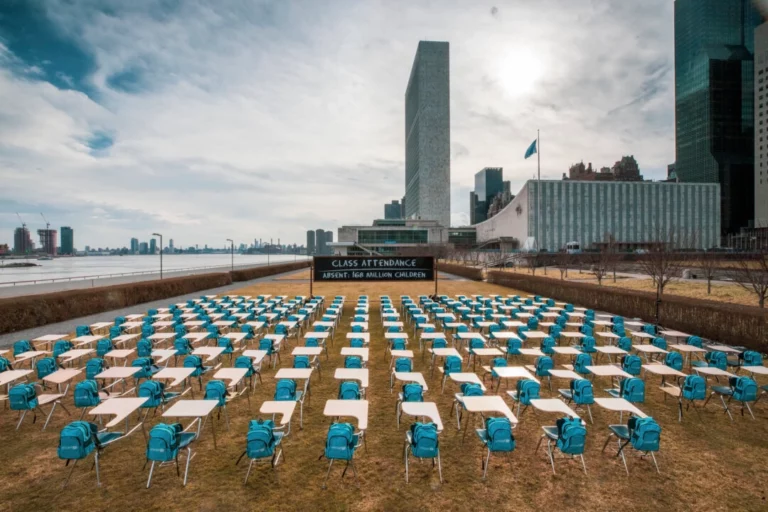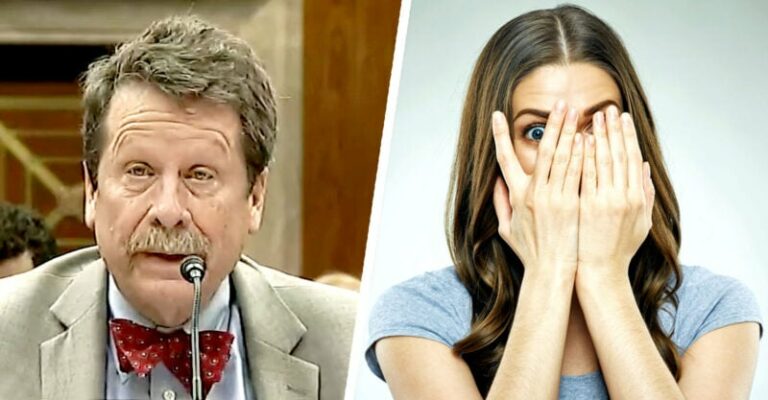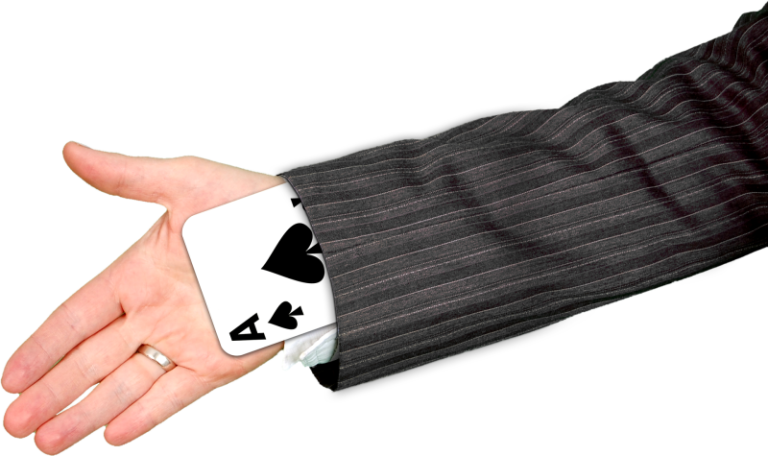U.S. officials: Criticism of Wuhan Institute of Virology ‘called out actions that we ourselves are doing’
The U.S. intelligence community and health officials opposed publishing information about the Wuhan Institute of Virology because it could raise questions about research and labs supported by the U.S., according to an email obtained by U.S. Right to Know.
Officials at the Office of the Director of National Intelligence, the Department of Health and Human Services and the State Department voiced concerns that publicly questioning research at the Wuhan lab complex “called out actions that we ourselves are doing” and “demanded access that we ourselves would never provide,” the email states.
The email may offer a window into one reason the origin of a pandemic that has killed more than one million Americans remains undetermined.
The new email also supports recent claims by former Director of National Intelligence John Ratcliffe and Deputy Director of National Intelligence Cliff Sims that attempts to declassify intelligence related to Wuhan Institute of Virology were impeded from within the intelligence community.
In March, President Joe Biden signed a bill to declassify intelligence related to the Wuhan Institute of Virology within 90 days.
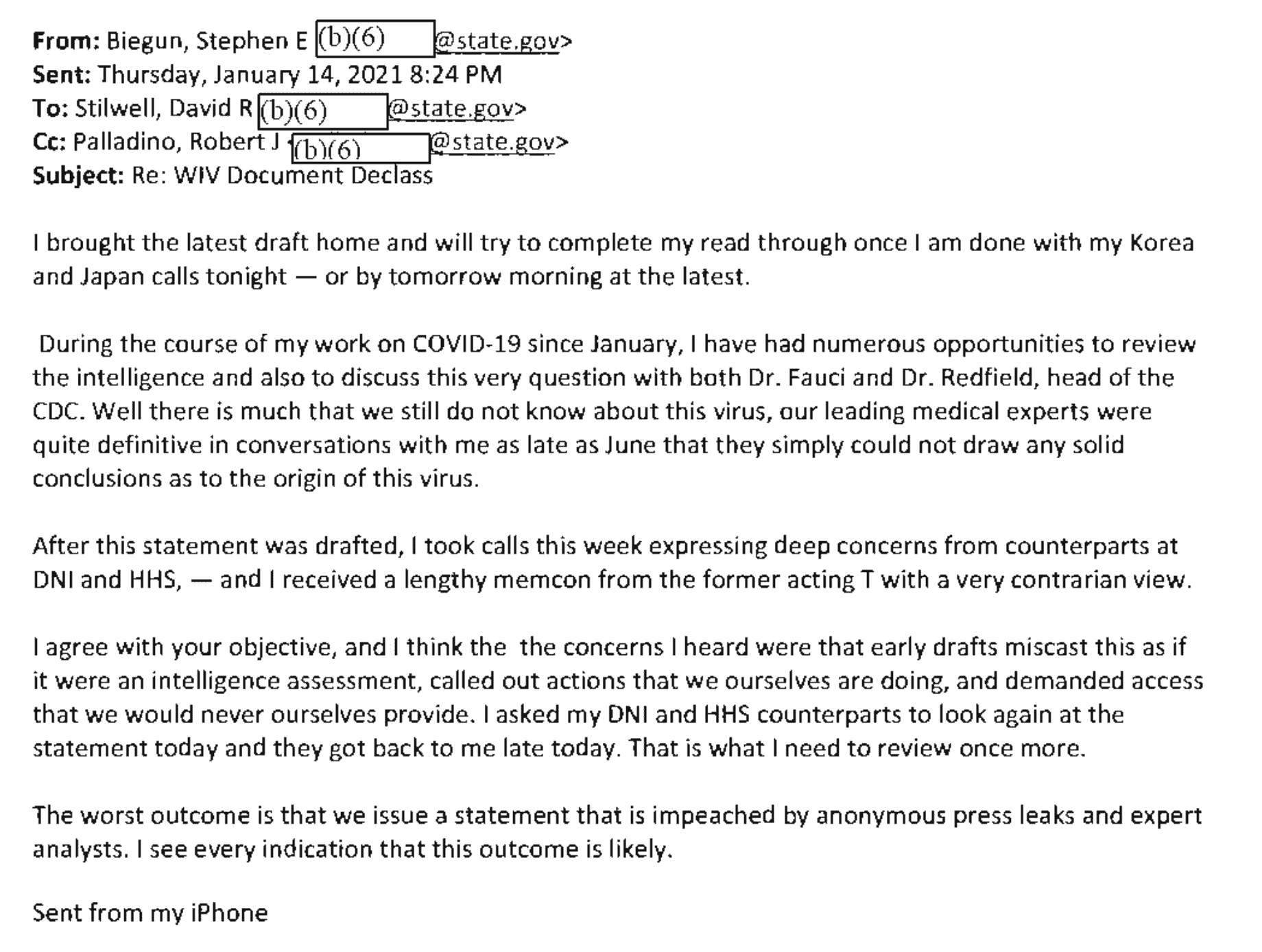
New emails obtained by U.S. Right to Know reflect the days and hours leading up to the State Department’s decision to release a fact sheet about the Wuhan Institute of Virology in 2021.
Investigators had collected the information despite opposition from officials inside and outside the State Department.
In an email dated January 14, 2021, the day before the fact sheet was released, Deputy Secretary of State Stephen Biegun acknowledged the U.S. government’s lack of clarity on the question of the pandemic’s origin.
“During the course of my work on COVID-19 since January, I have had numerous opportunities to review the intelligence and also to discuss this very question with both Dr. Fauci and Dr. Redfield, head of the CDC,” Biegun wrote. “Our leading medical experts were quite definitive in conversations with me as late as June that they simply could not draw any solid conclusions as to the origin of the virus.”
Biegun also indicated that, while he supported releasing information about the labs in Wuhan, he faced “deep concerns” from the intelligence community and health agencies, as well as opposition from within the State Department.
“After this statement was drafted, I took calls this week expressing deep concerns from counterparts at DNI and HHS,” he wrote.
“The concerns I heard were that early drafts miscast this as if it were an intelligence assessment, called out actions that we ourselves are doing, and demanded access that we ourselves would never provide,” Biegun continued.
An ODNI spokesperson declined to comment. Emails to HHS were not returned.
U.S. agencies supported research at the Wuhan Institute of Virology.
HHS oversees the National Institutes of Health. NIH supported work at the Wuhan Institute of Virology that discovered new coronaviruses and that enhanced their pathogenicity in the lab, according to federal records and grant reports.
NIH did not properly regulate the experiments it funded at the Wuhan Institute of Virology, according to two independent watchdogs. The high risk virology research there received improper exemptions from rigorous oversight by NIH, they say.
The Wuhan Institute of Virology hosted a coronavirus database that was made inaccessible to the public in September 2019 and ultimately taken offline. That database may have been informed by research underwritten by U.S. taxpayers, according to biosecurity experts.
China maintains at least four maximum security laboratories while the U.S. houses eight, according to biosecurity academics at George Mason University and King’s College London.
In his 2021 email, Biegun also voiced concerns that the statement could be undermined by antagonistic officials through anonymous quotes in the press.
“The worst outcome is that we issue a statement that is impeached by anonymous press leaks and expert analysts,” Biegun wrote. “I see every indication that this outcome is likely.”
The media’s hostility to the possibility of a lab origin of COVID-19 — particularly when the theory was voiced by former President Donald Trump and former Secretary of State Mike Pompeo — also delayed the release of the State Department memo, another email suggests.
“After POTUS and then S statements on WIV origins in April were savaged by the media, we’re very sensitive to the question of credibility,” wrote Assistant Secretary of State for the Bureau of East Asian and Pacific Affairs David R. Stilwell on January 14, 2021.
The new emails, though heavily redacted, shed further light on an internal tug-of-war at the State Department recounted in a 2021 Vanity Fair article.
According to that report, officials and consultants at the State Department investigating circumstantial evidence in support of a lab origin faced headwinds from other officials supportive of American gain-of-function research, including one official who voiced concerns about opening “a can of worms.”
“I received a lengthy memcon from the former acting T with a very contrarian view,” Biegun wrote in his Jan. 14 email.
The “former acting T” refers to former Under Secretary for Arms Control and International Security Christopher Ford, according to three former administration officials and contractors.
The Select Subcommittee on the Coronavirus Pandemic announced Friday that its next hearing on the origins of COVID-19 will hear testimony from Ratcliffe and former U.S. Deputy Assistant Secretary of State for East Asian and Pacific Affairs David Feith.
‘Article V’
Ford outlined his concerns about blowback for the U.S. if the State Department raised concerns about the intersection of civilian and military work at the Wuhan Institute of Virology in a separate memo reported by Vanity Fair.
“I would also caution you against suggesting that there is anything inherently suspicious — and suggestive of biological weapons activity — about People Liberation Army’s (PLA) involvement at WIV on classified projects,” he wrote. “It would be difficult to say that military involvement in classified research is intrinsically problematic, since the U.S. Army has been deeply involved in virus research in the United States for many years.”
In another email, he expresses the same concern.
“I’m also nonplussed at the tendency to assume [biological weapons] work at the WIV because PLA officers are involved in virus work at WIV and elsewhere, since by that faulty logic we ourselves must have a BW program — which of course we don’t,” he wrote.
The pandemic’s epidemiology demonstrates it originated in Wuhan, but Chinese authorities have claimed that the virus could have resulted from a lab accident in the U.S. Army Medical Research Institute for Infectious Diseases at Fort Detrick.
Another email obtained by U.S. Right to Know suggests that someone at the State Department suggested invoking “Article V” in October 2020.
Article V of the Biological Weapons Convention suggests that countries “undertake to consult one another and to cooperate in solving any problems which may arise in relation to the objective of, or in the application of the provisions of, the Convention.”
Had Article V been invoked, the U.S. and China could have conducted a consultative meeting to explore evidence related to SARS-CoV-2 and the Biological Weapons Convention.
Cutting edge techniques in “dual use” virology can make it difficult to distinguish biological weapons work from civilian gain-of-function research. Both American and Chinese experts have explored whether the BWC should be updated.
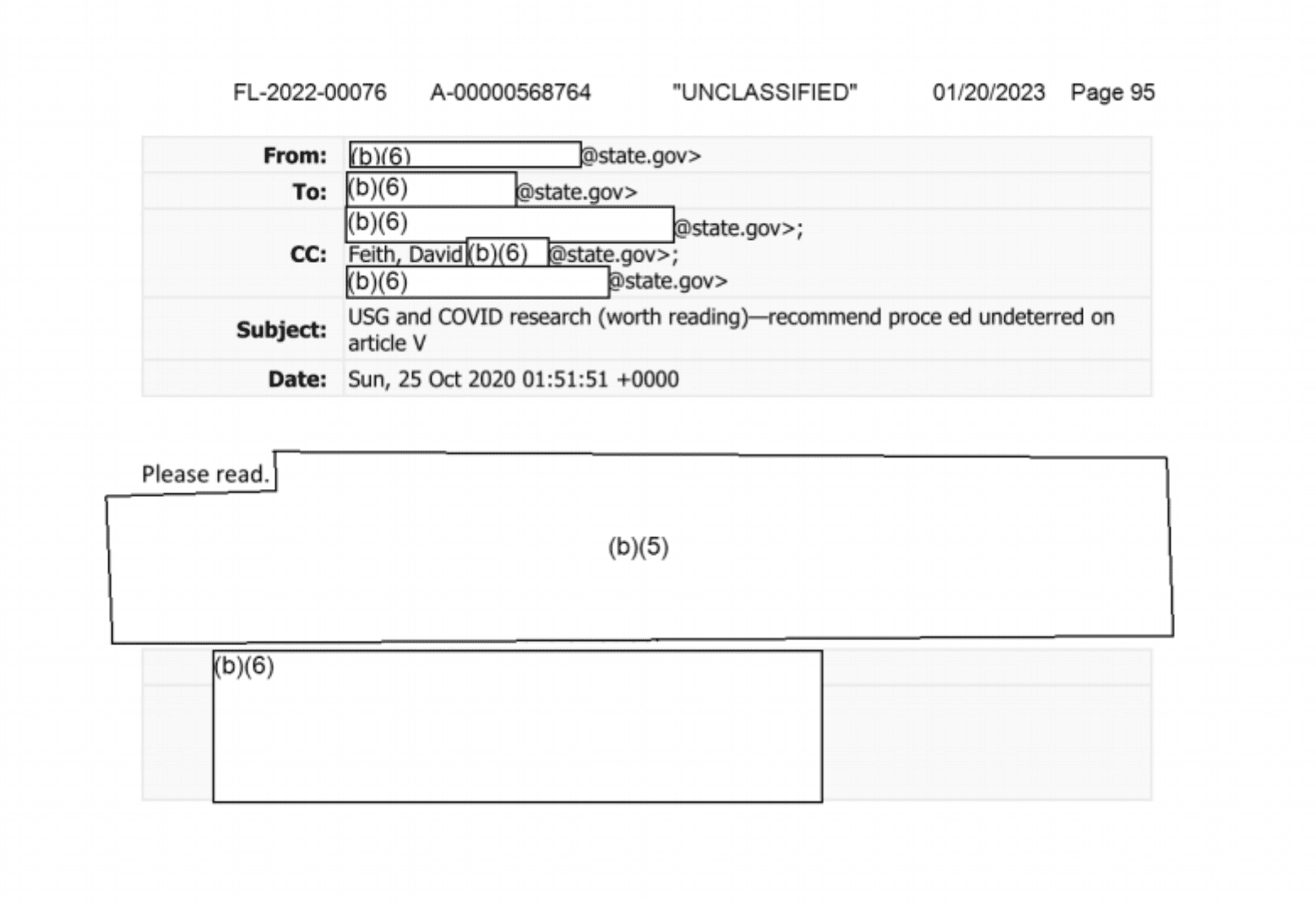
Ford confirmed in a personal essay that he opposed the desire among some of the investigators to invoke the Biological Weapons Convention, but insisted he did not oppose the investigation into the Wuhan Institute of Virology.
Ford also raised concerns that the group was working around him and the intelligence community, while also expressing frustration that the intelligence community was not sharing enough information.
Ford did not reply to a request for comment.
After days of dispute, the State Department ultimately released a fact sheet and an accompanying statement about the Wuhan Institute of Virology on January 15, 2021 — days before the administration’s end.
The fact sheet spotlighted the gain-of-function research undertaken at the lab as well as the opacity of China’s biological research, including classified research at the Wuhan Institute of Virology.
“For many years the United States has publicly raised concerns about China’s past biological weapons work, which Beijing has neither documented nor demonstrably eliminated, despite its clear obligations under the Biological Weapons Convention,” the statement read.
Stilwell articulated the goal of the fact sheet and statement in his email.
“The goal is to make clear that any investigation that does not include the most obvious possible origin of the outbreak would be incomplete,” Stilwell wrote. “The ultimate goal is to make sure this never happens again.”
Reasons to oppose transparency
The new emails shed new light on why some federal agencies may have been reluctant in 2020 to investigate the possibility of a lab origin of COVID-19.
The new emails show the behind-the-scenes influence of an article called “The proximal origin of SARS-CoV-2” in Nature Medicine in delaying serious consideration of the lab origin theory.
ODNI issued a statement in April 2020 stating that while officials “will continue to rigorously examine emerging information and intelligence,” that the intelligence community “concurs with the wide scientific consensus that the COVID-19 virus was not man made or genetically modified,” an argument made in the Nature Medicine article.
But experts have since challenged that assumption, saying that modern techniques make it difficult to determine with certainty whether a virus is a laboratory construct by its genome alone.
“I understand that folks here may not be interested in the science, but the attached article from Nature Medicine may be worth reviewing,” wrote Andreea Paulopol, a general physical scientist with the State Department, on December 14, 2020.
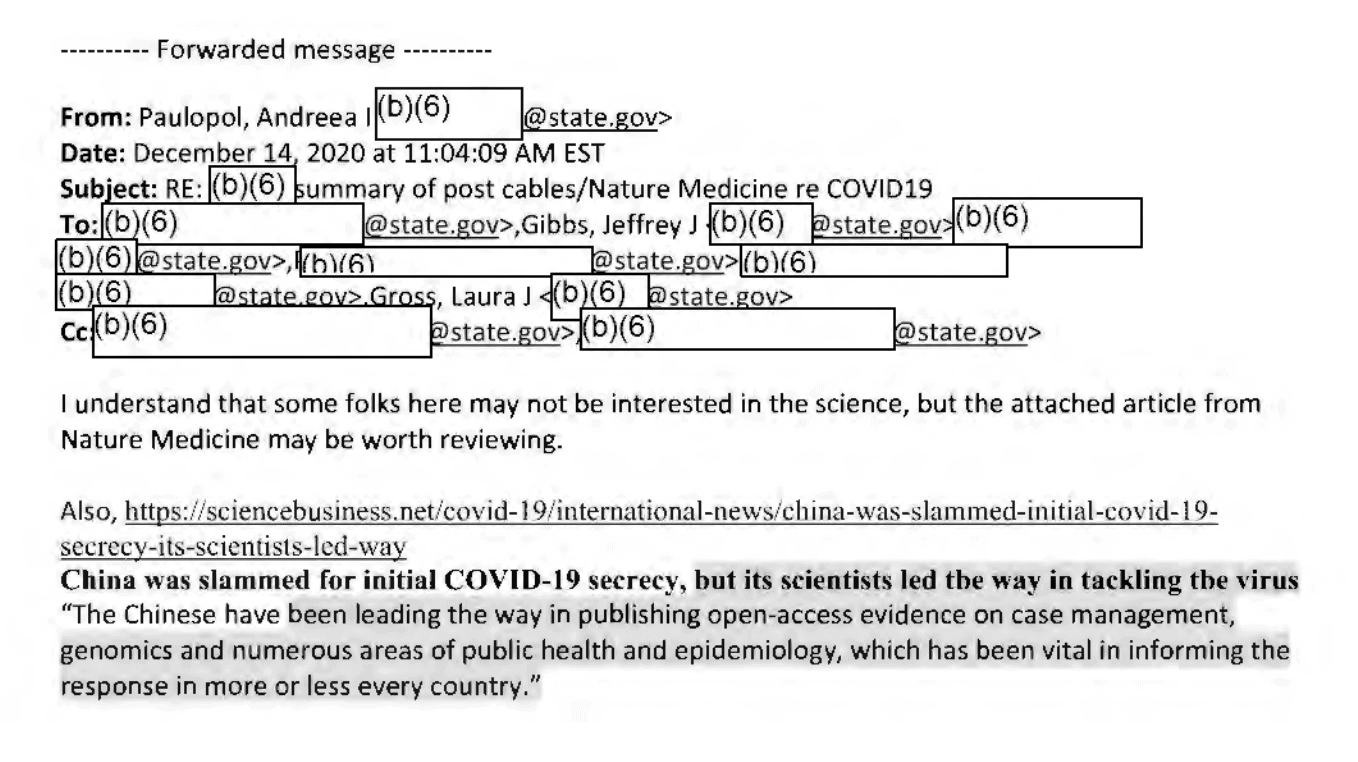
In the intervening years, emails released under the FOIA have chipped away at the credibility of the article.
The emails demonstrate that leaders of the NIH and its infectious diseases institute, Francis Collins and Anthony Fauci, were involved in the article’s conception — a conflict of interest that went undisclosed to millions of readers.
The group of virologists behind the article harbored several concerns about the virus’s genome and the work on novel viruses in Wuhan, undermining a central argument of the publication: that SARS-CoV-2 could not have originated from the lab because it was novel.
Pushing back on Paulopol’s dissent, another State Department official whose name is redacted cited a May 2020 Lawrence Livermore National Laboratory report suggesting a lab leak was possible. The Department of Energy, which oversees U.S. national labs, has assessed with low confidence that the pandemic resulted from a research accident.
“I asked you last week if you disagreed with the Livermore piece that all conditions existed for a lab release of sars/cov-2,” the official wrote.
Other emails released under FOIA show that the intelligence community relied in part on the expertise of scientists who were involved with the conflicted Nature Medicine article or had ties to the Wuhan Institute of Virology.
In a February 3, 2020, call, national security officials sought expertise from EcoHealth Alliance President Peter Daszak, his collaborator University of North Carolina coronavirologist Ralph Baric, and Scripps Research Institute Professor Kristian Andersen, a coauthor of the Nature Medicine article.
The experts discussed the possibility of a lab origin of COVID-19 dismissively, other emails obtained under FOIA show.
Daszak told Baric the next month that together with the Nature Medicine paper, the Feb. 3 discussion helped sway the Trump White House away from examining a possible lab origin of COVID-19.
“I don’t think this committee will be getting into the lab release or bioengineering hypothesis again any time soon — White House seems to be satisfied with the earlier meeting, paper in Nature and general comments within [the] scientific community,” Daszak told Baric.
Despite the behind-the-scenes influence of the Nature Medicine article and the sway of the scientists with conflicts of interest, the case for sharing information about the Wuhan Institute of Virology won out at the State Department in the waning days of the Trump administration.
To help persuade others within the State Department, Stilwell cited a news article outlining the case for weighing both theories made by Alina Chan, a molecular biologist at the Broad Institute of MIT and Harvard.
“This researcher, Alina Chan, was too young and too idealistic to be cowed by the scientific apparatus – her persistence helped change the narrative in the scientific world,” Stilwell wrote. “Dr. Peter Dazsak (that name keeps coming up) tried to undermine her research, but she held her ground and he eventually had to concede. Our task isn’t to sit in judgment of Fauci or Dazsak or the Virology world. It’s to get them to admit that the WIV was the most likely cause of the pandemic.”
The emails in this story were obtained via a FOIA submitted to the State Department. All of the documents can be reviewed here and here, and all of the documents relevant to this investigation can be reviewed here.
Originally published on U.S. Right To Know
Suggest a correction


